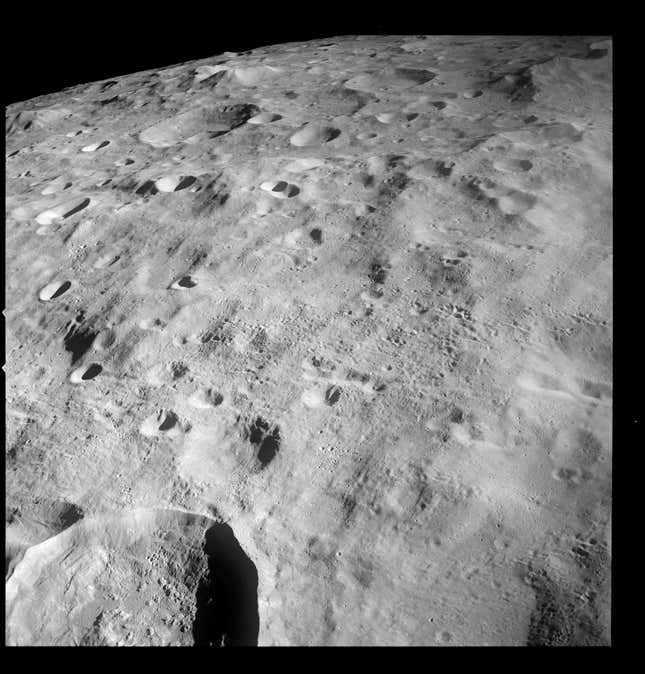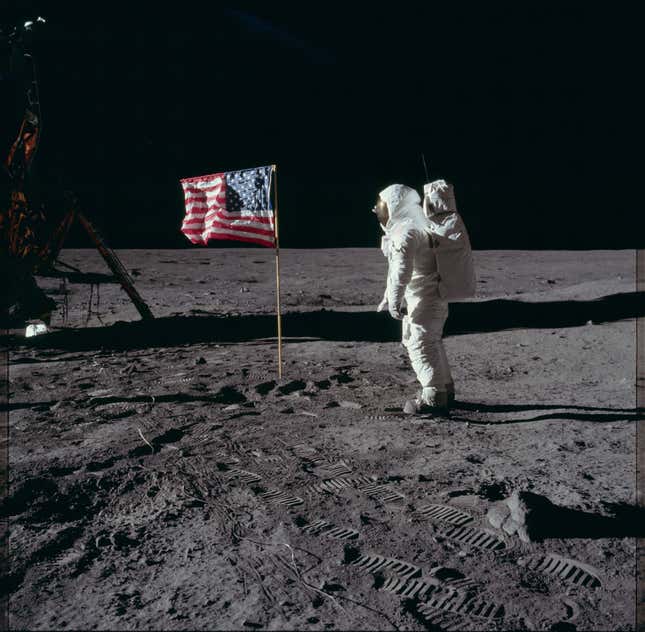Over the centuries the moon has been worshipped, feared, and even thought to contain vast oceans and plant life. But as our technology has progressed, our perspective of our closest celestial neighbor has been brought, in a sense, down to Earth. As interest grows in returning to the moon, its important to look back how far we’ve come, from longingly gazing up at the sky to walking on the lunar surface.
Early lunar calendars
Archaeologists in 2013 discovered what is believed the be a 10,000-year-old lunar calendar, in a field in Scotland.
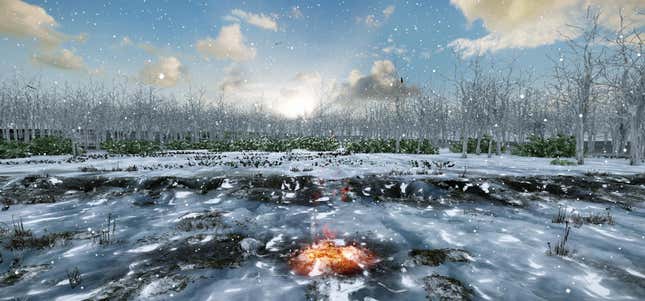
In religious art
Khonsu was the Ancient Egyptian lunar god
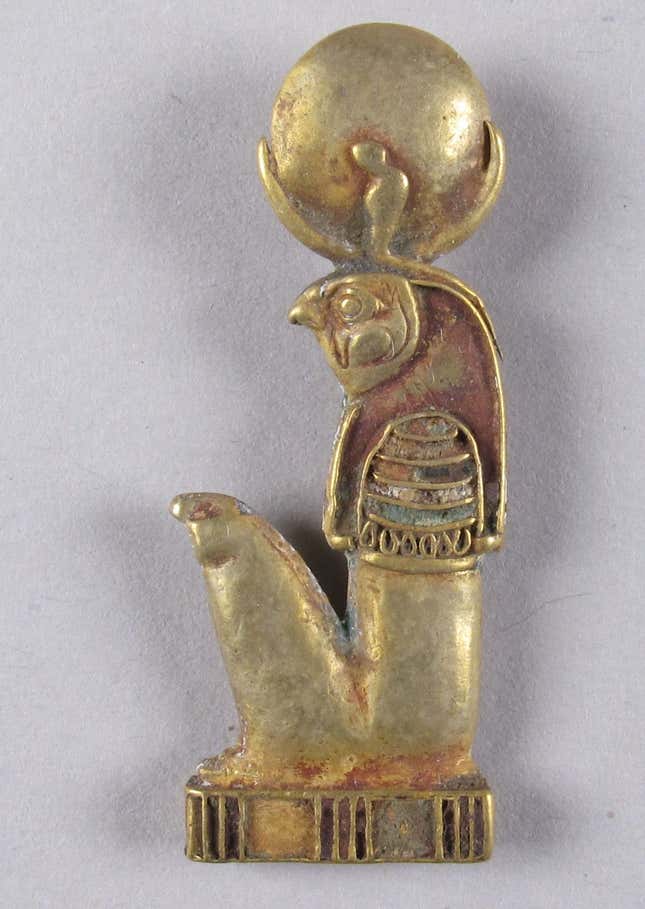
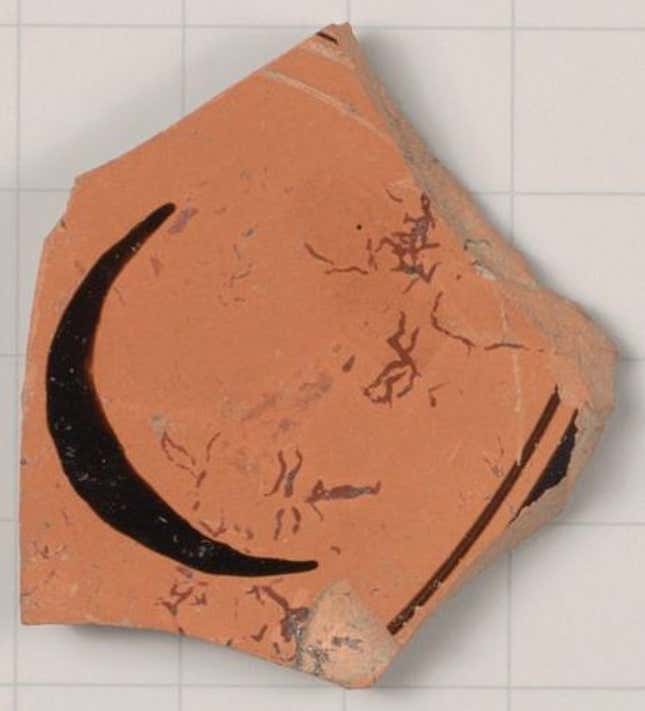
Early astronomy
While Englishman Thomas Harriot is credited with viewing and mapping the moon through a telescope earlier than Galileo Galilei, the Italian’s depictions of the moon are some of the most famous early sketches of the lunar surface.
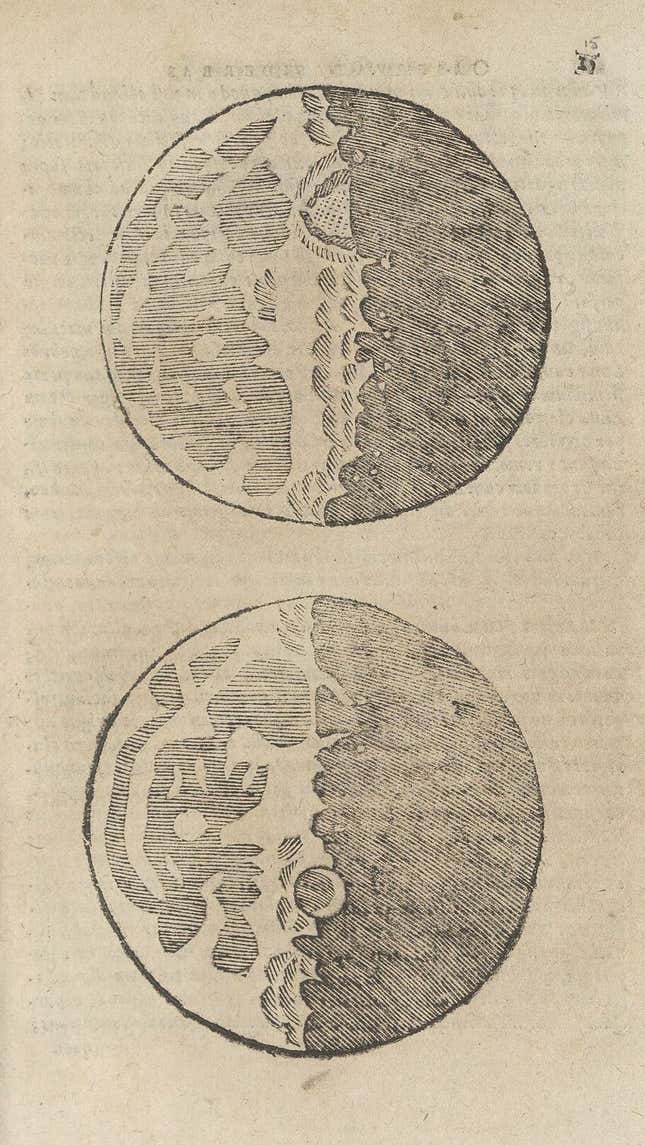
The first scientific lunar map, created by Giovanni Domenico Cassini and engraved by Claude Mellan in 1679, was considered one of the most detailed and accurate maps of the day.
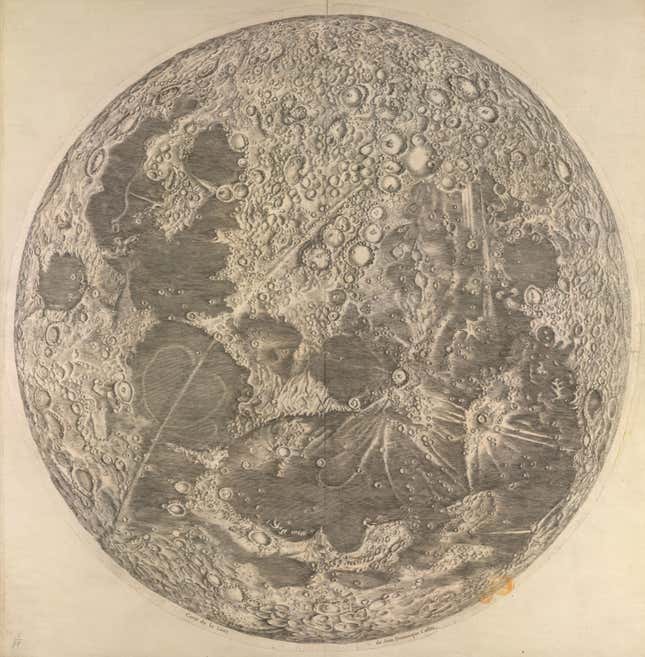
The moon across art and media
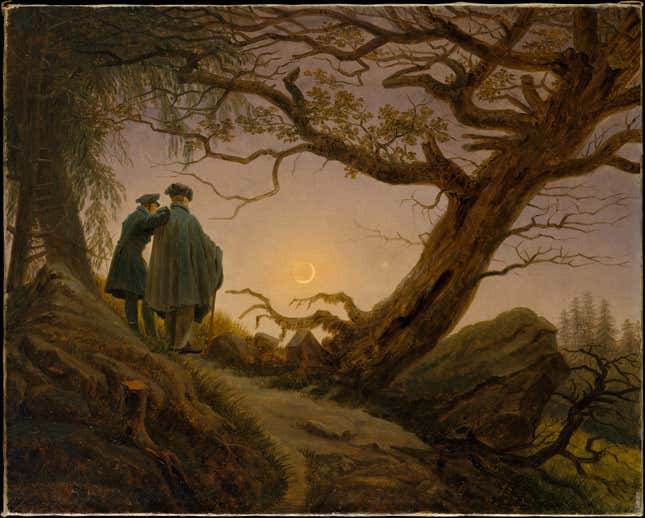
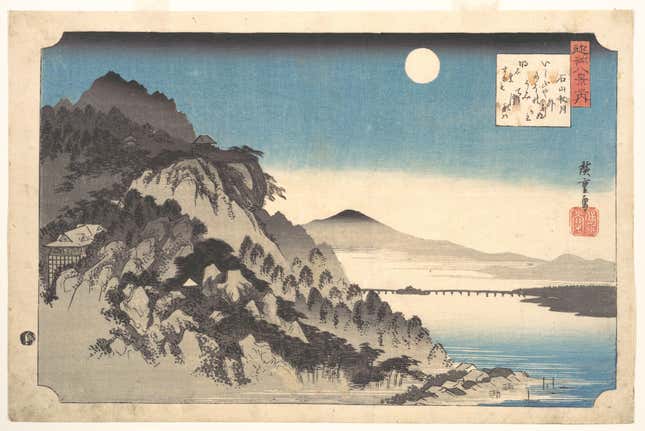
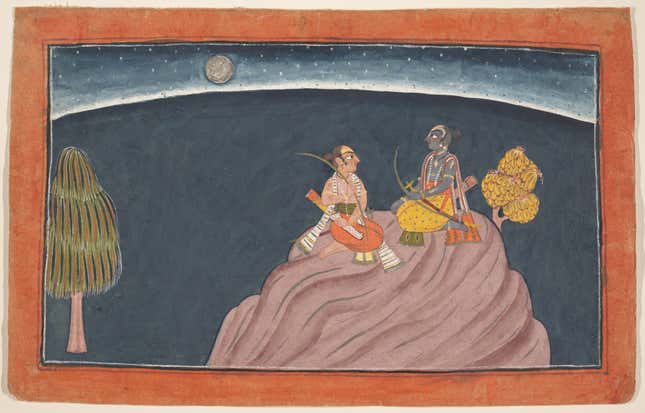
One of the earliest known science fiction films “A Trip to the Moon” features the now-famous image of a moon with a face, being struck in the eye by a rocket.
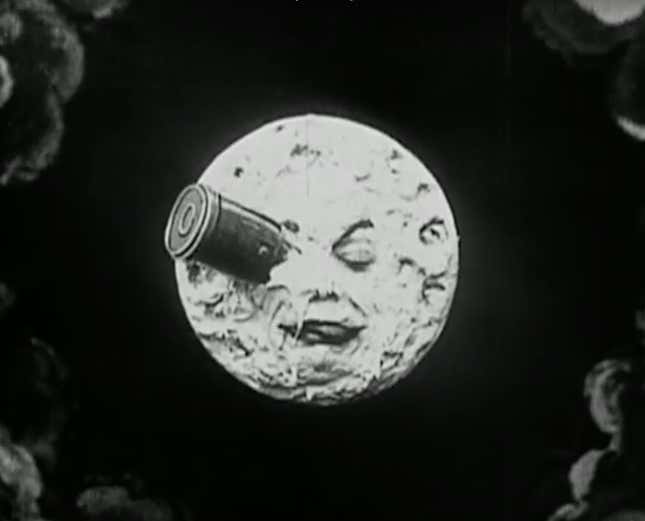
Early photography
A mid-19th century daguerreotype of the moon taken by John Whipple and James Black.
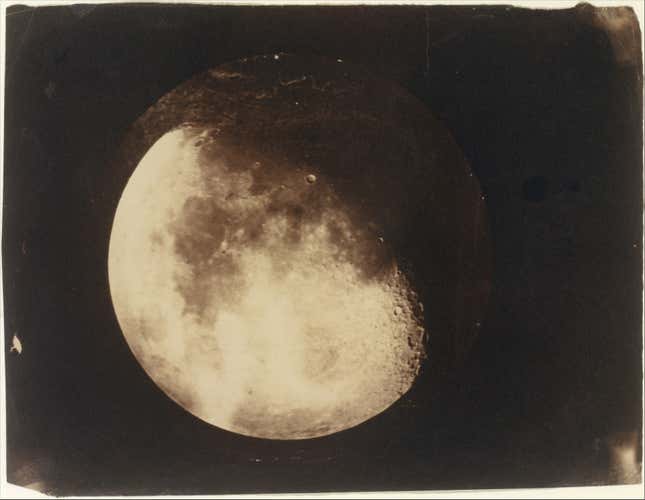
The moon gets a close up
The biggest breakthrough in seeing the moon came when humans finally visited it close up. The stunning images of lunar orbits and landings gave a brand-new perspective of the lunar surface. The moon was suddenly no longer a distant body, but instead a new possibility for exploration.
